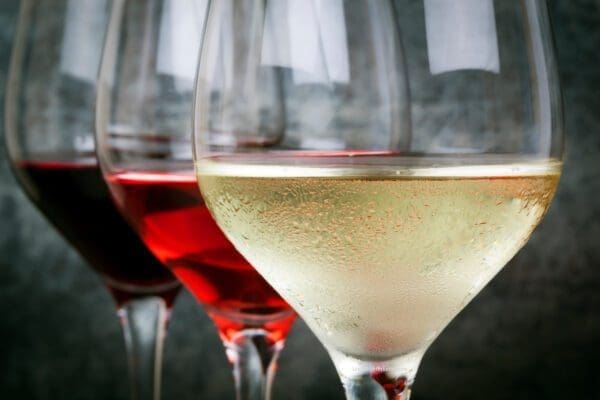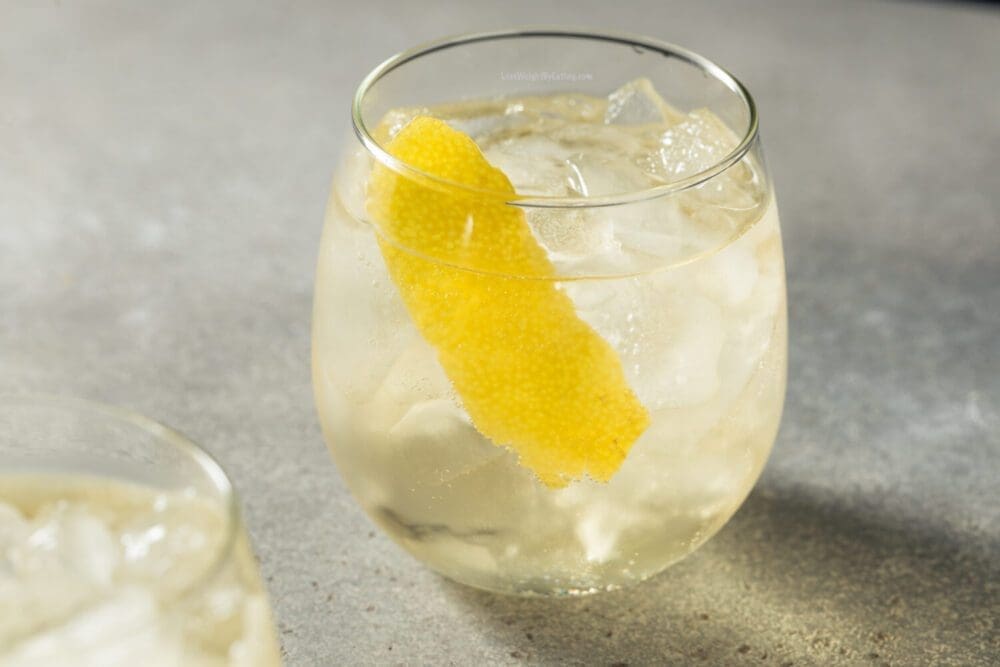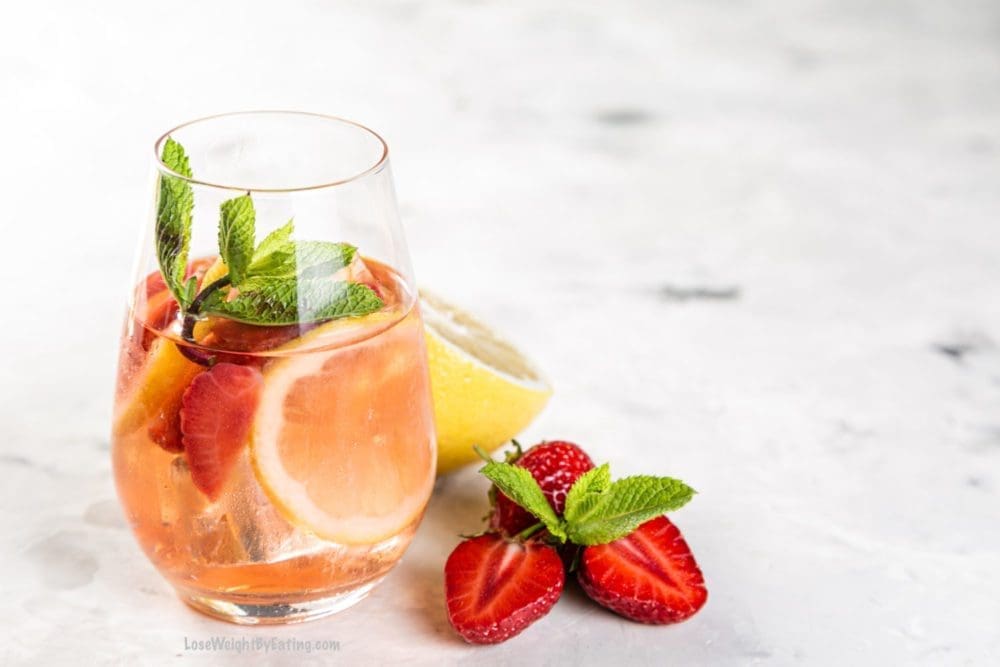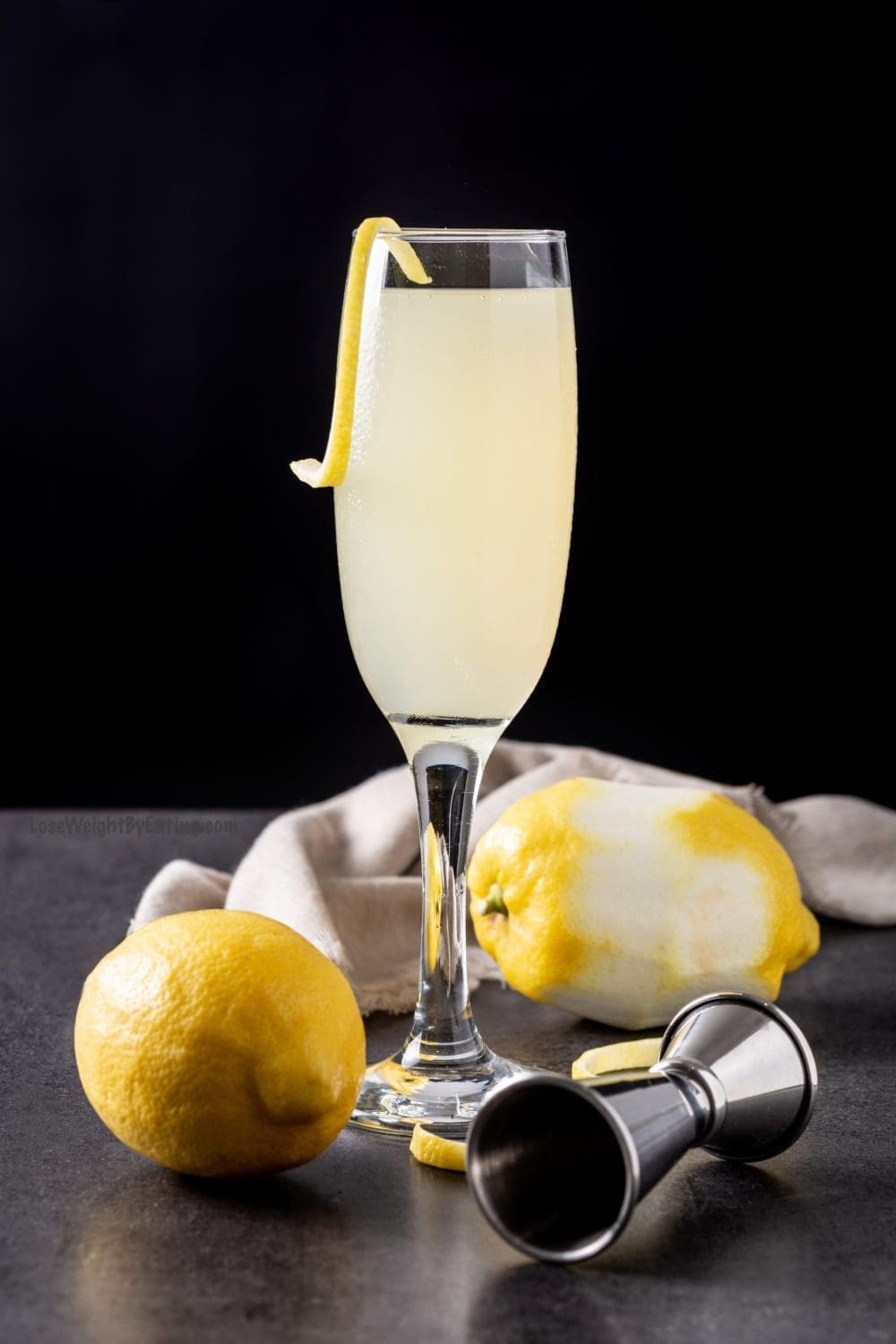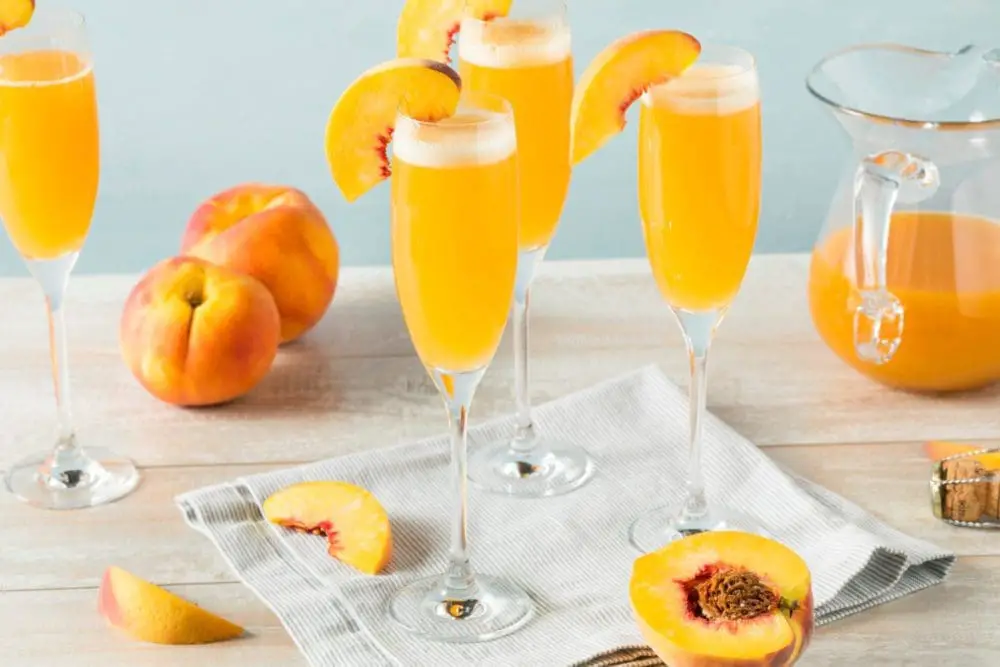Are you looking for the calories in wine? You’ll find a complete guide including the calories in a glass or a bottle for white, red, rose and sparkling wines below. Plus some low calorie tips and even 10 low calorie wine cocktail recipes!
Wine is a popular beverage enjoyed by people all over the world. Whether you’re relaxing at home, out with friends, or celebrating a special occasion, a glass of wine can be the perfect addition.


However, if you’re watching your weight or trying to maintain a healthy lifestyle, you may be wondering about the calorie content of your favorite wines.
In this article, I’ll share the calories in wine – red, white, rose, and champagne – and give you the information you need to make informed decisions about your wine consumption. I’ll also answer some commonly asked questions about wine and calories. So, pour yourself a glass of your favorite vintage and let’s get started!
Calories in Red Wine
Red wine is made from red or black grapes and is typically served at room temperature. Popular red wine varieties include Cabernet Sauvignon, Merlot, Pinot Noir, and Shiraz. But how many calories are in a glass or a bottle of red wine?
A 5-ounce (148 ml) glass of red wine contains approximately 125 calories, while a standard bottle (750 ml) contains around 625 calories. However, the calorie content of red wine can vary depending on the specific type and brand. For example, a glass of sweet red wine may contain more calories than a dry red wine.
- Calories in a Glass of Red Wine: 125 calories
- Calories in a Bottle of Red Wine: 625 calories
Calories in White Wine
White wine is made from white or green grapes and is typically served chilled. Popular white wine varieties include Chardonnay, Sauvignon Blanc, Pinot Grigio, and Riesling. But how many calories are in a glass or a bottle of white wine?
A 5-ounce (148 ml) glass of white wine contains approximately 121 calories, while a standard bottle (750 ml) contains around 605 calories. As with red wine, the calorie content of white wine can vary depending on the specific type and brand. For example, a glass of sweet white wine may contain more calories than a dry white wine.
- Calories in a Glass of White Wine: 121 calories
- Calories in a Bottle of White Wine: 605 calories
Calories in Rose Wine
Rose wine is made from red or black grapes and is typically served chilled. The color of rose wine can vary from pale pink to deep purple depending on the specific type and production method. Popular rose wine varieties include Zinfandel, Grenache, and Sangria. But how many calories are in a glass or a bottle of rose wine?
A 5-ounce (148 ml) glass of rose wine contains approximately 118 calories, while a standard bottle (750 ml) contains around 590 calories. As with red and white wine, the calorie content of rose wine can vary depending on the specific type and brand. Sweeter rose wines may contain more calories than drier ones.
- Calories in a Glass of Rose Wine: 118 calories
- Calories in a Bottle of Rose Wine: 590 calories
Calories in Champagne
Champagne is a sparkling wine that is typically made in the Champagne region of France. It is often associated with celebrations and special occasions. But how many calories are in a glass or a bottle of champagne?
A 5-ounce (148 ml) glass of champagne contains approximately 96 calories, while a standard bottle (750 ml) contains around 570 calories. However, the calorie content of champagne can vary depending on the specific type and brand. For example, sweet champagne may contain more calories than brut (dry) champagne.
- Calories in a Glass of Champagne: 96 calories
- Calories in a Bottle of Champagne: 570 calories
Low Calorie Tips for Wine
If you’re looking to enjoy your favorite wines while also keeping your calorie intake in check, there are a few strategies you can use to make your wine choices a bit lighter:
- Choose dry wines: Dry wines typically have fewer calories than sweet wines. This is because sweet wines contain more residual sugar, which contributes to their calorie content. Opting for a dry wine can help you keep your calorie intake in check without sacrificing flavor.
- Use soda water or ice: Diluting your wine with soda water or ice can help reduce its overall calorie content. This is a great way to make a single glass of wine stretch further, while also making it a bit lighter and more refreshing.
- Sip slowly: Sipping your wine slowly and savoring each sip can help you feel more satisfied with less. This can be especially helpful if you’re trying to reduce your calorie intake, as it allows you to enjoy your wine without overindulging.
- Pay attention to portion sizes: It’s easy to overpour when it comes to wine, but paying attention to portion sizes can help you keep your calorie intake in check. A standard glass of wine is 5 ounces (148 ml), so try measuring out your servings to make sure you’re not consuming too many calories.
- Choose lower alcohol content wines: Wines with lower alcohol content typically have fewer calories than those with higher alcohol content. This is because alcohol is a calorie-dense substance, so wines with less alcohol will naturally have fewer calories. Look for wines with an alcohol content of 12% or less if you’re trying to keep your calorie intake in check.
By following these tips, you can enjoy your favorite wines while also keeping your calorie intake in check. Remember, wine is meant to be savored and enjoyed in moderation, so take your time and savor each sip.
Health Benefits of Drinking Wine
While excessive alcohol consumption can have negative health effects, moderate wine consumption has been linked to a number of potential health benefits. Here are a few potential health benefits of drinking wine in moderation:
- Reduced risk of heart disease: Moderate wine consumption has been linked to a reduced risk of heart disease. This is thought to be due to the presence of antioxidants in wine, which can help reduce inflammation and protect the heart.
- Improved brain function: Some studies have suggested that moderate wine consumption may improve brain function and reduce the risk of dementia. This may be due to the presence of antioxidants and other compounds in wine that can help protect brain cells.
- Lower risk of type 2 diabetes: Moderate wine consumption has also been linked to a lower risk of type 2 diabetes. This may be due to the presence of polyphenols in wine, which can help regulate blood sugar levels.
- Improved gut health: The polyphenols and other compounds in wine may also have a positive effect on gut health. Some studies have suggested that moderate wine consumption can help increase the abundance of beneficial gut bacteria, leading to improved digestive health.
It’s important to note that these potential health benefits are linked to moderate wine consumption, which is generally considered to be one glass per day for women and two glasses per day for men. Drinking excessive amounts of wine can have negative health effects and should be avoided.
In addition, it’s important to remember that wine is just one potential source of these health benefits. Eating a healthy, balanced diet and getting regular exercise are also important for maintaining overall health and reducing the risk of chronic diseases.
Frequently Asked Questions about Wine and Calories
Wine, like any other alcoholic beverage, contains calories that can contribute to weight gain if consumed in excess. However, moderate wine consumption (one to two glasses per day) is unlikely to cause weight gain in most people.
A standard glass of wine is 5 ounces (148 ml) and typically contains between 110 and 130 calories, depending on the specific type and brand.
If you’re watching your calorie intake, there are a few ways to reduce the number of calories in your wine:
1. Choose dry wines instead of sweet wines. Dry wines typically have fewer calories than sweet wines.
2. Dilute your wine with soda water or ice. This will reduce the overall calorie content of your drink.
3. Limit your consumption. Drinking in moderation (one to two glasses per day) is a good way to keep your calorie intake in check.
There is no definitive answer to this question. Both red and white wine can be part of a healthy diet when consumed in moderation. However, some studies suggest that red wine may offer some health benefits, such as reducing the risk of heart disease.
Low Calorie Wine Recipes:
These low calorie wine recipes are all reader favorites here at Lose Weight By Eating. Each recipe is formulated for you to enjoy your favorite wine in a lower calorie way.
1. Low Calorie White Wine Spritzers
This low calorie wine recipe is under 100 calories and comes with lots of fun fruity garnish options. This is also a great way to enjoy a wine that it’s as good as you thought it would have been after opening it as it mellows the flavors.
2. Low Calorie Red Wine Spritzer
If you prefer red wine, this yummy spritzer is perfect for you! It’s great on a hot day, or a good way to enjoy a wine that’s a little lower cost as well.
3. Rose Sangria Recipe
If you love rose wine, this yummy sangria is perfect for you! Under 100 calories and packed with flavor. It’s the perfect way to unwind after a long day, or to enjoy by the pool during the summer.
4. French 75 Drink Recipe
For the champagne lovers, it’s hard to beat the popular French 75! This low calorie version is just as good as the original, I know you’ll love it!
5. Rosé Wine Slushy
Try this wine dessert on a hot day! It’s a fun way to enjoy your favorite wine in place of dessert, and personally I would rather have a glass of wine over dessert any day!
6. Raspberry Peach White Sangria
This low calorie white wine sangria is crisp and refreshing, and so pretty you’ll want to make it all summer long! I like to make a pitcher of this low calorie white wine sangria and the all-season red sangria below for summer parties.
7. Low Calorie Fall Sangria Recipe
Perfect for the holiday season, this Fall and Winter Sangria is great for holiday parties! Make it as a low cost (and low calorie) signature drink!
8. Peach Bellini Recipe
These low calorie Bellini’s make a great brunch drink! I like to serve it as my “signature” drink for brunch gatherings. It’s low calorie and so impressive, but shockingly easy to make too!
9. Red Sangria Recipe
Slightly different from the holiday red sangria above, this low calorie red wine cocktail is great all year long! I like make a pitcher of this red sangria, and the white sangria above for summer get togethers.
10. Mimosa Recipes
With 5 low calorie champagne cocktails to choose from here, I know you’ll find one you love! I have included a “mimosa bar” section in this recipe too so you can set it up at brunches and wedding showers!
Final Thoughts
Wine is a delicious and enjoyable beverage that can be a part of a healthy and balanced lifestyle when consumed in moderation.
The calorie content of wine varies depending on the specific type and brand, but a standard glass typically contains between 110 and 130 calories.
By choosing dry wines, diluting your wine with soda water or ice, and limiting your consumption, you can reduce the number of calories in your wine and make it a healthier part of your diet.
Remember to always drink responsibly and in moderation, and enjoy your favorite wines in a way that fits your health and lifestyle goals.
What to Read Next:
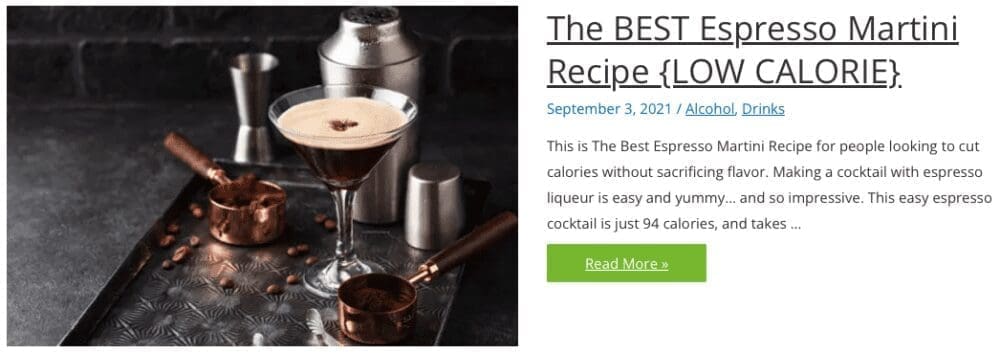

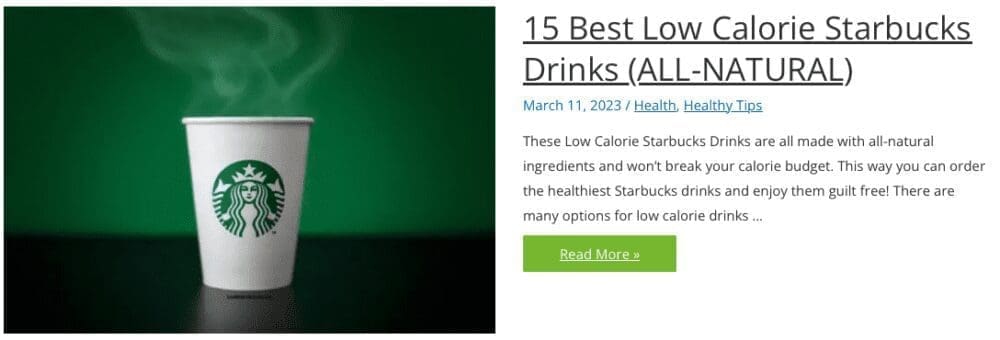

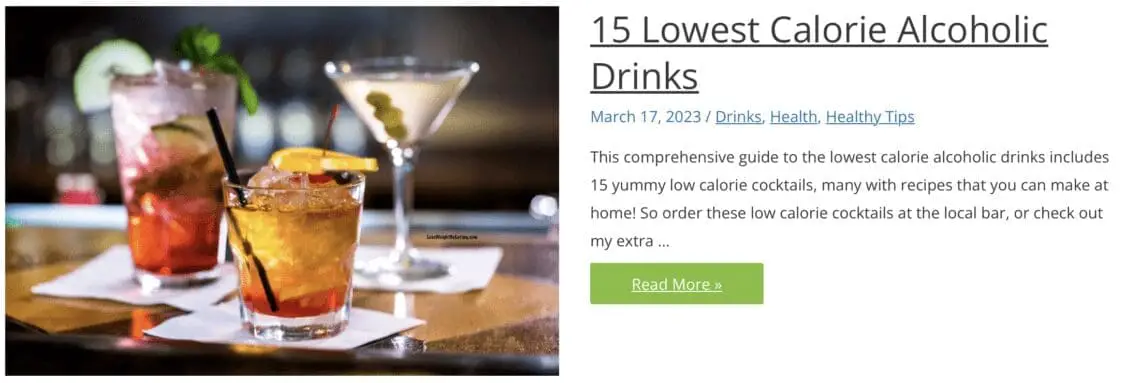

Lose Weight By Eating Cookbooks


Share this Low Calorie Article:


